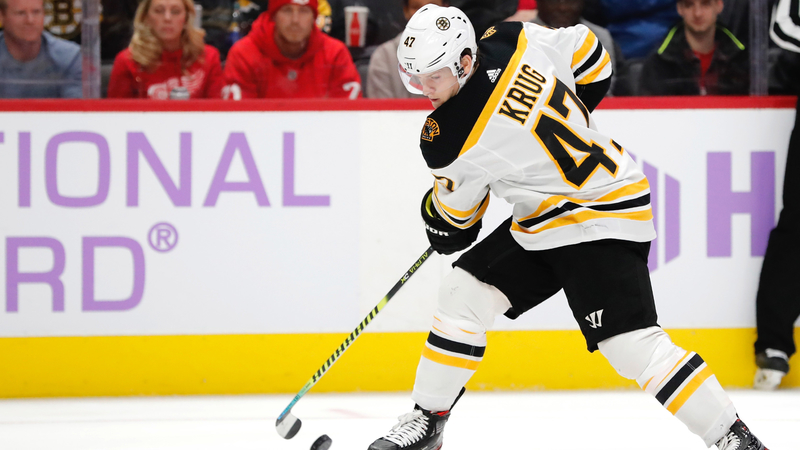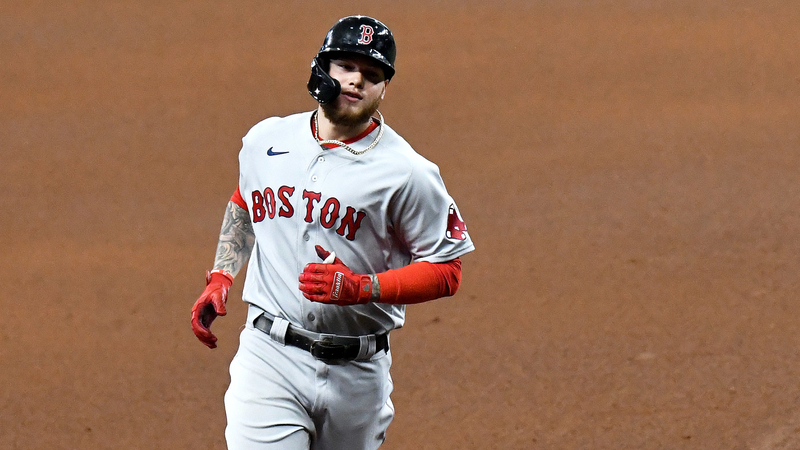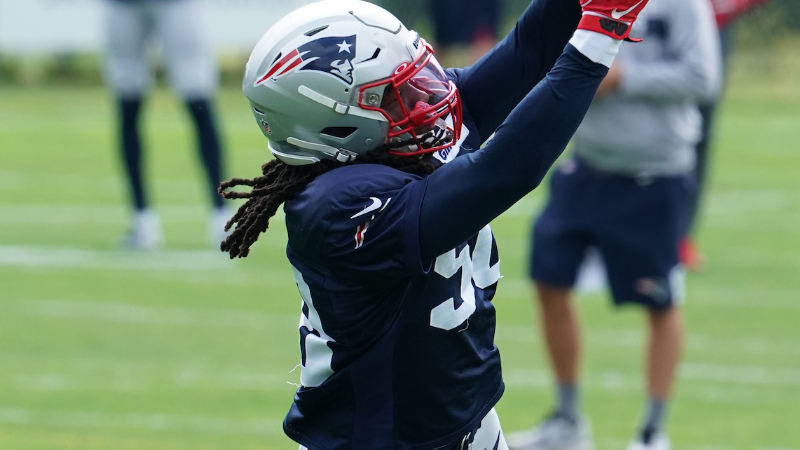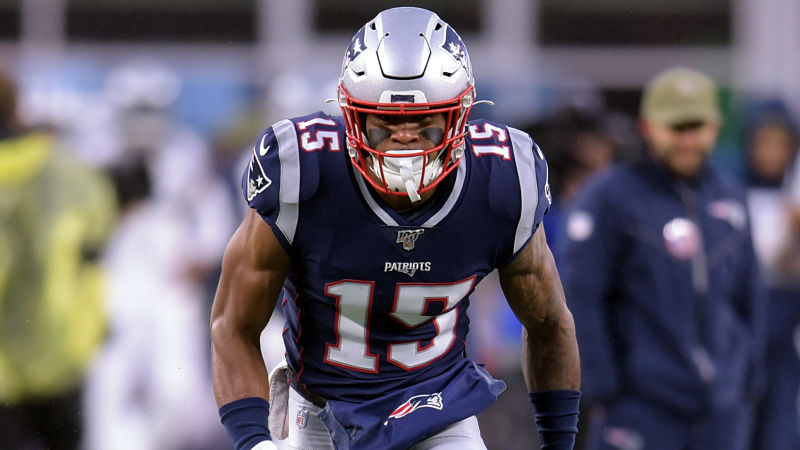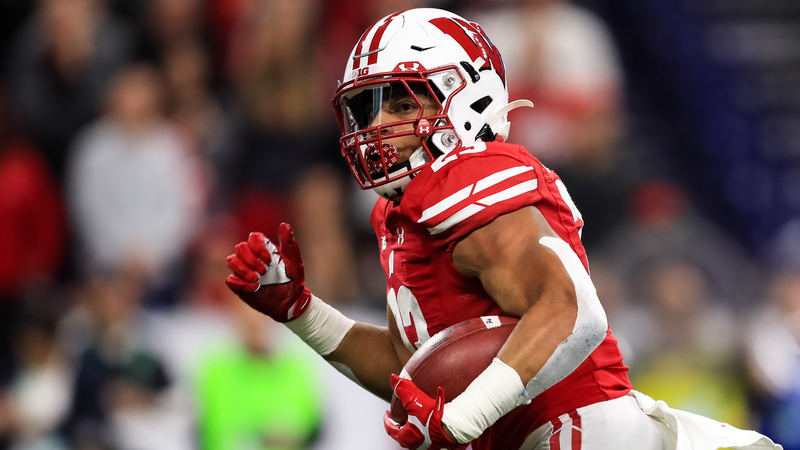The Boston Red Sox need starting pitching.
And not just in the “hey, they could use another arm” sense. The cupboard is extremely bare just over a week away from Opening Day, to the point where Red Sox manager Ron Roenicke acknowledged Sunday the club’s front office probably would consider adding to the rotation mix via free agency and/or trades.
Fortunately for the Red Sox, a viable option hit the market Monday when the Detroit Tigers released Zack Godley, a 30-year-old right-hander who had some success with the Arizona Diamondbacks before being designated for assignment last August.
Mass Live’s Chris Cotillo reported Tuesday, citing a baseball source, the Red Sox were closing in on an agreement with Godley, whom they started pursuing immediately after he was released by the Tigers. It’s unclear whether the deal will get done — the source reportedly cautioned that nothing has been finalized — but such a signing sure would make sense for Boston as it looks to piece together a rotation for this season’s 60-game sprint.
Basically, the Red Sox need warm bodies at this point. Not only did they lose Chris Sale (Tommy John surgery), David Price (trade) and Rick Porcello (free agency) this offseason. They were dealt another blow last week when Eduardo Rodriguez, the presumed Opening Day starter, tested positive for COVID-19, casting doubt over his availability for the beginning of the season.
In effect, the Red Sox have Nathan Eovaldi and Martin Perez, two starters with questions of their own. Beyond that, things get really dicey, as Brian Johnson, Ryan Weber and Matt Hall are among the names kicked around for rotation spots, with Collin McHugh likely factoring in, as well, when he recovers from his elbow issues.
That’s a whole lot of uncertainty. And Godley, despite his flaws, at least has ample experience and the potential to provide meaningful innings should Boston add him to the equation.
More Red Sox: Seven Reasons To Be Excited About Boston’s 2020 Season
Godley, traded to the Diamondbacks as a prospect in December 2014, spent four-plus seasons with Arizona. He posted respectable numbers in 2017 and 2018, totaling a 23-20 record with a 4.10 ERA, 3.63 FIP, 1.31 WHIP and 9.5 strikeouts per nine innings in 59 appearances (57 starts). He pitched 155 innings and 178 1/3 innings in those two seasons, respectively.
While Godley doesn’t throw particularly hard, his curveball has proven effective in the past. And his ability to keep the ball on the ground — his 51.7 percent ground-ball rate between 2017 and 2018 ranked fourth among MLB starters — could be an asset at Fenway Park, provided he’s able to consistently locate his sinker.
Godley ranked 4th in curveball usage in MLB last season, throwing it 42% of the time. 1st, 2nd, 3rd were Barnes, Workman, Brewer.
Problem was batters had a .430 wOBA on Godley's sinker, his second pitch, that is what Mike Trout produces yearly. https://t.co/VjNFISE9Bm
— Red Sox Stats (@redsoxstats) July 13, 2020
https://twitter.com/redsoxstats/status/1282844587942387712
Godley regressed significantly in 2019, ultimately moving to the bullpen, landing with the Toronto Blue Jays and finishing the season with a 5.97 ERA, 5.20 FIP, 1.50 WHIP and 6.8 strikeouts per nine innings across 92 frames. So, there’s no guarantee he’d be effective, let alone stick in Boston’s rotation long-term.
But the cost of acquisition figures to be low — he signed a minor league contract with Detroit in December that reportedly could’ve paid him up to $3 million based on incentives — and there’s enough upside to dream on, especially when the alternative involves relying on unproven internal options.


